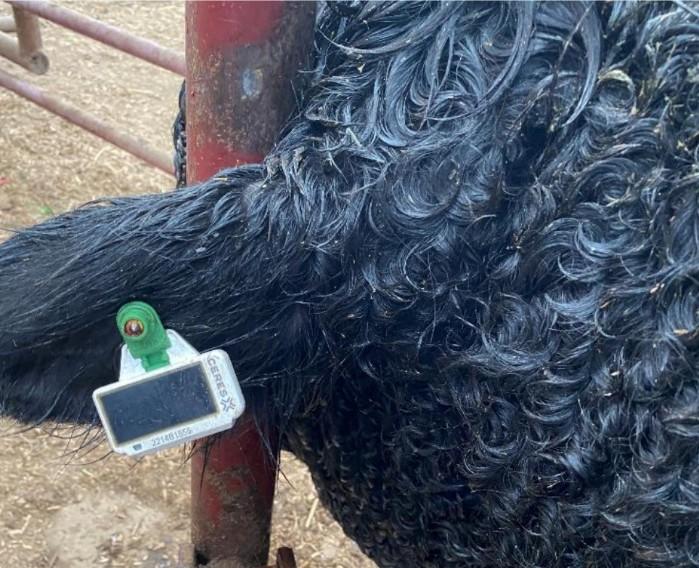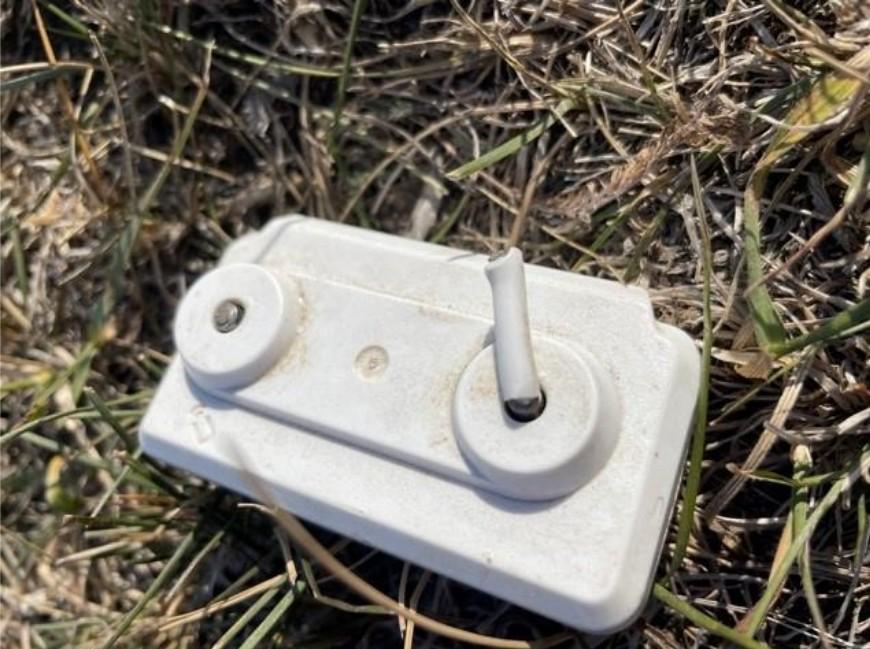
Where’s your Bull? Remote assessment of bull location and breeding activity on pasture using GPS technology
January 2025
Researcher
Dr. Susan Markus, livestock research scientist, Lakeland College, with funding from Results Driven Agriculture Research (RDAR)
Summary
Pasture checking cattle during the breeding season isn’t much fun when we can’t find the bulls.
Increased land competition means that western Canadian commercial cow-calf operations are forced to use marginal or heavily wooded, expansive grazing lands in remote area. Remote sensing and automation to manage these inaccessible pastures is appealing, particularly when considering location, time and labour demands. The applied research livestock research team investigated direct-to-satellite monitoring of cattle on pasture using GPS ear tags to locate bulls and monitor breeding.

Background
Beef cowherd open rate typically averages <8%, with higher open rates more common and concerning under these heavily forested pastures. New technology (i.e., smart tags with accelerometers), capable of capturing individual animal identity, movement, activity budgets, and GPS tracking, appeared promising to provide insight into bull libido.

The study
Location: Pasture area at latitude 54.2333°N in Alberta. Terrain was heavily forested, with aspen parkland and boreal mixed wood vegetation zones. This study was possible due to the continued support of Highland Feeders, Vegreville, Alta.
Summer breeding season was from June to July utilizing natural mating with bull to cow ratios of 1:25. The grazing season typically starts May 15 and, depending on precipitation and other environmental factors, can run until October 15.
Average temperatures and precipitation during this time can range from -3 to 23°C with extremes over 30°C and 19-80 mm with extreme drought, respectively.
Methodology: Over the course of two years, all 16 bulls and 10 per cent of a 350-head cow herd were tagged with GPS trackers. Information of the location and activity of the bulls during a 65-day breeding season on harsh remote land was collected through the use of the GPS tags.
The same animals were observed simultaneously to validate the information collected. This was done through weekly pasture observations on horseback as well as video capture done by drone.

DNA sire percentage matching was also conducted to confirm offspring numbers per bull each year, ranging from six to 38 calves.

Results
Originally, it was assumed that bulls that didn’t travel as far would sire fewer offspring, but this wasn’t the case. Instead, bulls who had GPS coordinates which consistently matched more closely to the cow herd’s grazing movements sired significantly more calves. Some bulls would periodically rest or return to common loafing areas while cow groups rotationally grazed the pastures.
This observation reinforces the notion that bulls use their sense of sight first to identify cows in oestrus and if separated from cows they may lack motivation to search them out during the breeding season, resulting in fewer mating opportunities.
While it’s common sense that bulls who stay with the cows have more chances to breed, it was difficult to identify those bulls through pasture checks without the GPS data to validate the information.

Aside from tracking the offspring produced by bulls, the use of GPS tags can also help identify and locate sick or injured bulls so they can be treated or replaced more efficiently.
Additionally, a return on investment calculator was created, using typical assumptions about time, labour, fuel, and a 30 per cent GPS tag replacement cost. Through the use of this calculator, it was determined that pastures more than 50 km from home will find GPS tags as a decent investment in bull and cattle tracking.

Technological limitations
Tag price points
The tags are relatively pricey being valued between $125-300/head or more depending on the features you get. Some companies also require a data platform subscription, which is an additional cost.
Durability
Tags and collars can catch or snag on branches, fences etc. and be damaged from animal-to-animal interactions. The ears of cattle can be ripped and injured, resulting in the loss of the wearable sensor or other ear tags from that ear.

Concerns exist over bull ear tag retention of various designs, with one-pin backed performing better than two-pin backed GPS tags in our scenario. Bulls do a lot of fighting and rubbing on trees and fence lines that can easily damage less robust tag designs.
Tech concerns
Battery lifespan, transmission range, satellite orbit frequency, service coverage and storage capacity.
Conclusion
Remote livestock monitoring for well-being using real or near-real-time tracking on rangelands appears feasible and economically viable under certain scenarios. However, technology limitations must be recognized to temper expectations.
